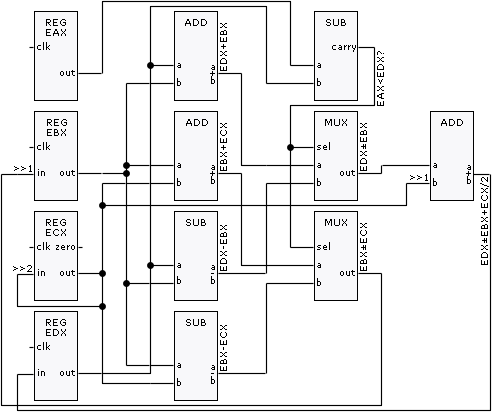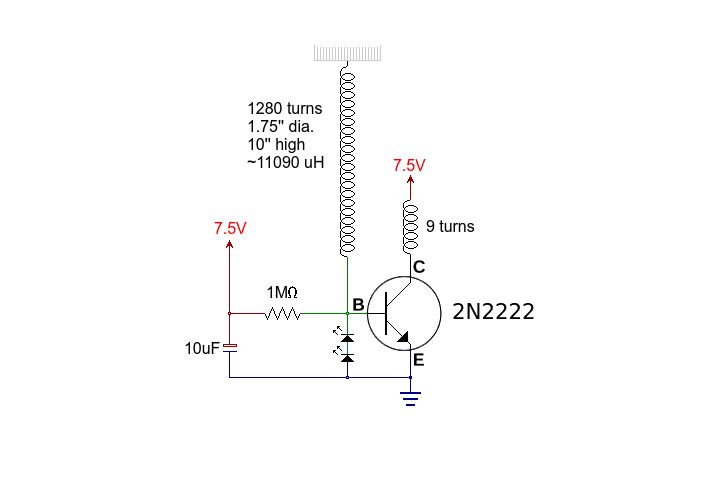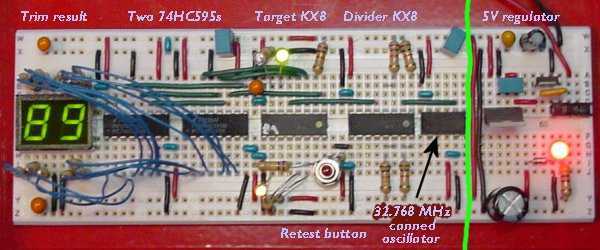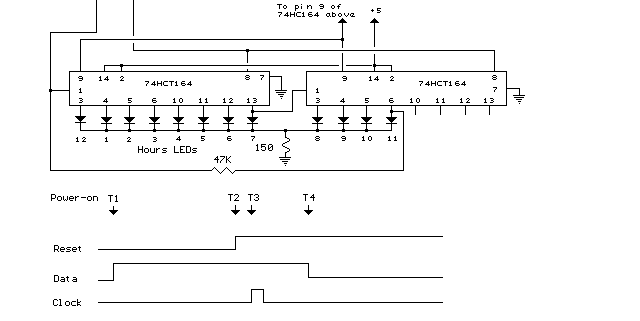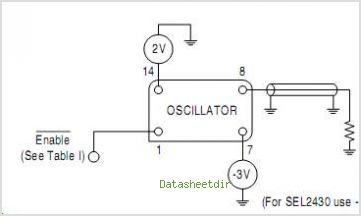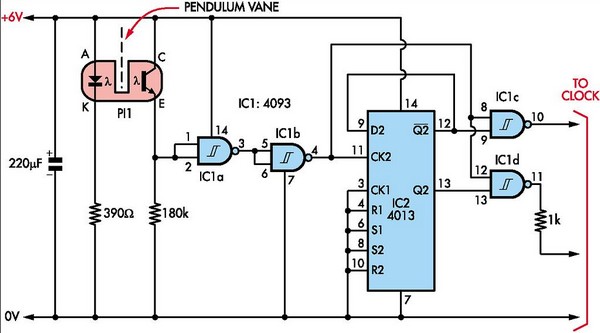
Building A Synchronous Clock

Quartz clocks, which have dominated timekeeping for the past 20 years, have one issue: their errors, although slight, are cumulative.
Quartz clocks operate based on the piezoelectric effect of quartz crystals, which oscillate at a precise frequency when subjected to an electric field. This frequency is typically 32.768 kHz, which is derived from the division of the frequency of a quartz crystal. The oscillation of the crystal is converted into a timekeeping signal through a series of electronic components, including amplifiers and dividers, which ultimately drive a display mechanism such as an LCD or LED.
The primary advantage of quartz clocks is their accuracy and reliability compared to mechanical clocks. However, the cumulative error in timekeeping arises from various factors, including temperature variations, aging of the quartz crystal, and the quality of the electronic components used. Over extended periods, these small discrepancies can lead to significant time loss or gain, which may not be acceptable in precision applications.
To mitigate these errors, advanced quartz clock designs may incorporate temperature compensation techniques, such as using temperature-stable materials or active temperature sensors to adjust the frequency of the oscillator. Additionally, some designs might integrate a microcontroller that can periodically recalibrate the time based on external time references, such as GPS signals or radio time signals.
In summary, while quartz clocks have been a staple in timekeeping technology due to their accuracy and low cost, the inherent cumulative errors necessitate the exploration of compensatory mechanisms to enhance their reliability over long durations.The quartz clocks which have dominated time-keeping for the past 20 years or so have one problem: their errors, although slight, are cumulative. After run.. 🔗 External reference
Quartz clocks operate based on the piezoelectric effect of quartz crystals, which oscillate at a precise frequency when subjected to an electric field. This frequency is typically 32.768 kHz, which is derived from the division of the frequency of a quartz crystal. The oscillation of the crystal is converted into a timekeeping signal through a series of electronic components, including amplifiers and dividers, which ultimately drive a display mechanism such as an LCD or LED.
The primary advantage of quartz clocks is their accuracy and reliability compared to mechanical clocks. However, the cumulative error in timekeeping arises from various factors, including temperature variations, aging of the quartz crystal, and the quality of the electronic components used. Over extended periods, these small discrepancies can lead to significant time loss or gain, which may not be acceptable in precision applications.
To mitigate these errors, advanced quartz clock designs may incorporate temperature compensation techniques, such as using temperature-stable materials or active temperature sensors to adjust the frequency of the oscillator. Additionally, some designs might integrate a microcontroller that can periodically recalibrate the time based on external time references, such as GPS signals or radio time signals.
In summary, while quartz clocks have been a staple in timekeeping technology due to their accuracy and low cost, the inherent cumulative errors necessitate the exploration of compensatory mechanisms to enhance their reliability over long durations.The quartz clocks which have dominated time-keeping for the past 20 years or so have one problem: their errors, although slight, are cumulative. After run.. 🔗 External reference
